Abarth 500 595 695 vs VW Arteon – Which car suits you better?
Everyday use, family trips or long-distance drives – here’s where the differences show.
Discover whether Abarth 500 595 695 or VW Arteon fits your lifestyle better.
Costs and Efficiency:
When it comes to price and running costs, the biggest differences usually appear. This is often where you see which car fits your budget better in the long run.
Abarth 500 595 695 has a evident advantage in terms of price – it starts at 32600 £, while the VW Arteon costs 43300 £. That’s a price difference of around 10719 £.
Engine and Performance:
Power, torque and acceleration say a lot about how a car feels on the road. This is where you see which model delivers more driving dynamics.
When it comes to engine power, the VW Arteon has a decisively edge – offering 320 HP compared to 155 HP. That’s roughly 165 HP more horsepower.
In acceleration from 0 to 100 km/h, the VW Arteon is clearly quicker – completing the sprint in 4.90 s, while the Abarth 500 595 695 takes 7 s. That’s about 2.10 s faster.
In terms of top speed, the VW Arteon performs clearly perceptible better – reaching 250 km/h, while the Abarth 500 595 695 tops out at 155 km/h. The difference is around 95 km/h.
There’s also a difference in torque: VW Arteon pulls clearly stronger with 420 Nm compared to 235 Nm. That’s about 185 Nm difference.
Space and Everyday Use:
Whether family car or daily driver – which one offers more room, flexibility and comfort?
Seats: VW Arteon offers a bit more seating capacity – 5 vs 4.
In curb weight, Abarth 500 595 695 is slightly lighter – 1410 kg compared to 1607 kg. The difference is around 197 kg.
In terms of boot space, the VW Arteon offers decisively more room – 590 L compared to 185 L. That’s a difference of about 405 L.
In maximum load capacity, the VW Arteon performs clearly better – up to 1632 L, which is about 1082 L more than the Abarth 500 595 695.
When it comes to payload, VW Arteon noticeable takes the win – 569 kg compared to 385 kg. That’s a difference of about 184 kg.
Who comes out on top?
Overall, the VW Arteon shows itself to be wins the duel decisively and secures the title of DriveDuel Champion.
It convinces with the more balanced overall package and proves to be the more versatile choice for everyday use.
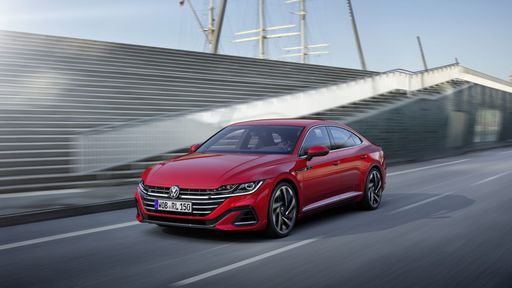 @ Volkswagen AG / VW Media
@ Volkswagen AG / VW Media
VW Arteon
Abarth 500 595 695
The Abarth 500, particularly in its 595 and 695 renditions, captures the spirit of Italian motoring with its compact yet aggressive design. Known for its lively performance and distinctive styling, this little powerhouse is a joy to drive, offering an engaging experience that appeals to enthusiasts. With its rich motorsport heritage, the Abarth 500 embodies the essence of fun and excitement on both the streets and the race track.
details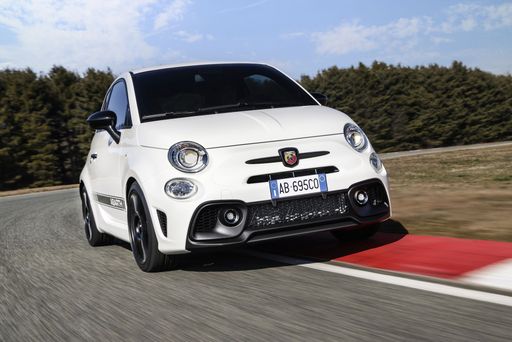 @ Abarth / Stellantis Media
@ Abarth / Stellantis Media
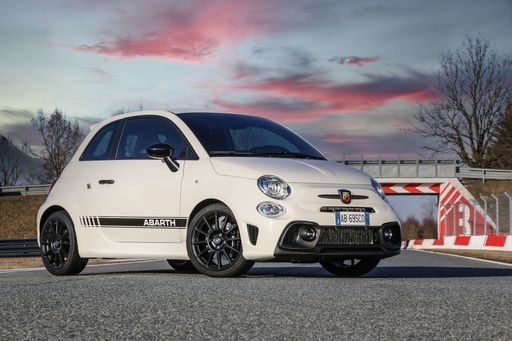 @ Abarth / Stellantis Media
@ Abarth / Stellantis Media
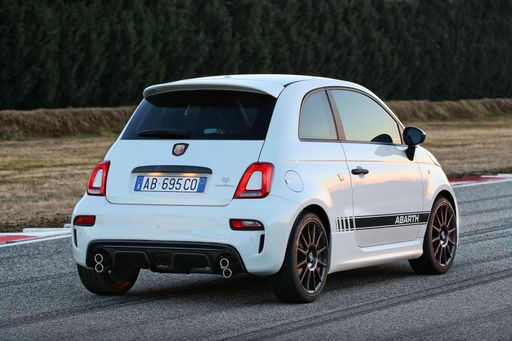 @ Abarth / Stellantis Media
@ Abarth / Stellantis Media
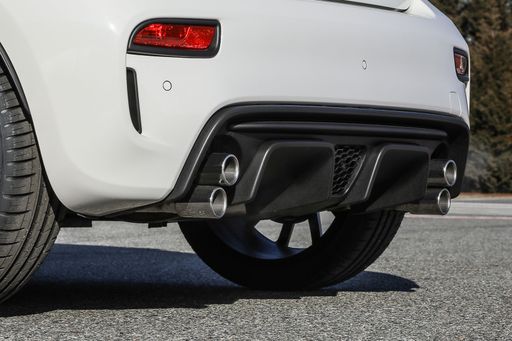 @ Abarth / Stellantis Media
@ Abarth / Stellantis Media
 @ Abarth / Stellantis Media
@ Abarth / Stellantis Media
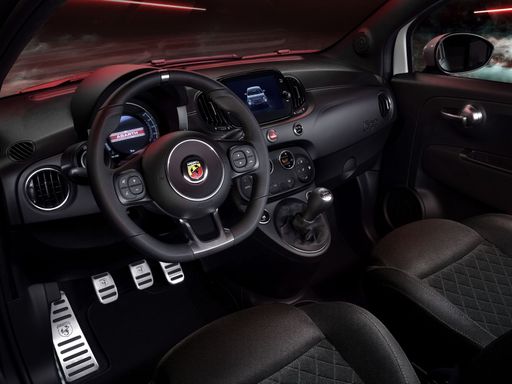 @ Abarth / Stellantis Media
@ Abarth / Stellantis Media
VW Arteon
The VW Arteon is a striking example of modern automotive design, combining sleek aesthetics with cutting-edge technology. Its dynamic silhouette and expressive front grille give it an unmistakable presence on the road, appealing to those who value style and sophistication. Inside, the cabin offers a seamless blend of comfort and connectivity, ensuring a premium experience for both driver and passengers.
details @ Volkswagen AG / VW Media
@ Volkswagen AG / VW Media
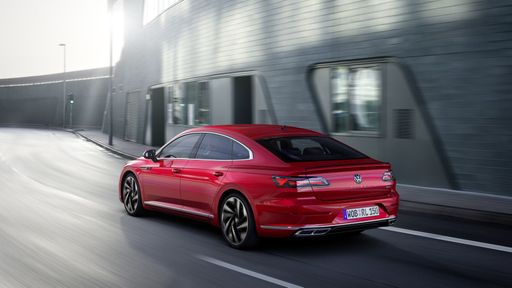 @ Volkswagen AG / VW Media
@ Volkswagen AG / VW Media
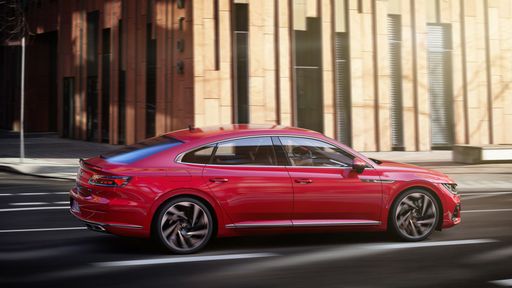 @ Volkswagen AG / VW Media
@ Volkswagen AG / VW Media
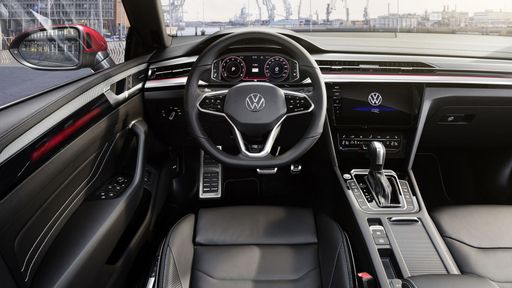 @ Volkswagen AG / VW Media
@ Volkswagen AG / VW Media
 @ Abarth / Stellantis Media
@ Abarth / Stellantis Media
|
 @ Volkswagen AG / VW Media
@ Volkswagen AG / VW Media
|
|
|
|
Costs and Consumption |
|
|---|---|
|
Price
32600 - 39400 £
|
Price
43300 - 60800 £
|
|
Consumption L/100km
-
|
Consumption L/100km
5.1 - 8.6 L
|
|
Consumption kWh/100km
17.1 - 18.8 kWh
|
Consumption kWh/100km
-
|
|
Electric Range
242 - 265 km
|
Electric Range
-
|
|
Battery Capacity
37.80 kWh
|
Battery Capacity
-
|
|
co2
0 g/km
|
co2
133 - 195 g/km
|
|
Fuel tank capacity
-
|
Fuel tank capacity
66 L
|
Dimensions and Body |
|
|---|---|
|
Body Type
Hatchback
|
Body Type
Estate
|
|
Seats
4
|
Seats
5
|
|
Doors
3
|
Doors
5
|
|
Curb weight
1410 - 1435 kg
|
Curb weight
1607 - 1773 kg
|
|
Trunk capacity
185 L
|
Trunk capacity
590 L
|
|
Length
3673 mm
|
Length
4866 mm
|
|
Width
1682 mm
|
Width
1871 mm
|
|
Height
1518 mm
|
Height
1434 - 1451 mm
|
|
Max trunk capacity
550 L
|
Max trunk capacity
1632 L
|
|
Payload
370 - 385 kg
|
Payload
467 - 569 kg
|
Engine and Performance |
|
|---|---|
|
Engine Type
Electric
|
Engine Type
Diesel, Petrol
|
|
Transmission
Automatic
|
Transmission
Automatic
|
|
Transmission Detail
-
|
Transmission Detail
Dual-Clutch Automatic
|
|
Drive Type
Front-Wheel Drive
|
Drive Type
Front-Wheel Drive, All-Wheel Drive
|
|
Power HP
155 HP
|
Power HP
150 - 320 HP
|
|
Acceleration 0-100km/h
7 s
|
Acceleration 0-100km/h
4.9 - 9.4 s
|
|
Max Speed
155 km/h
|
Max Speed
216 - 250 km/h
|
|
Torque
235 Nm
|
Torque
320 - 420 Nm
|
|
Number of Cylinders
-
|
Number of Cylinders
4
|
|
Power kW
114 kW
|
Power kW
110 - 235 kW
|
|
Engine capacity
-
|
Engine capacity
1968 - 1984 cm3
|
General |
|
|---|---|
|
Model Year
2023
|
Model Year
2024
|
|
CO2 Efficiency Class
A
|
CO2 Efficiency Class
D, E, F, G
|
|
Brand
Abarth
|
Brand
VW
|
Is the Abarth 500 595 695 offered with different drivetrains?
The Abarth 500 595 695 is offered with Front-Wheel Drive.
The prices and data displayed are estimates based on German list prices and may vary by country. This information is not legally binding.
